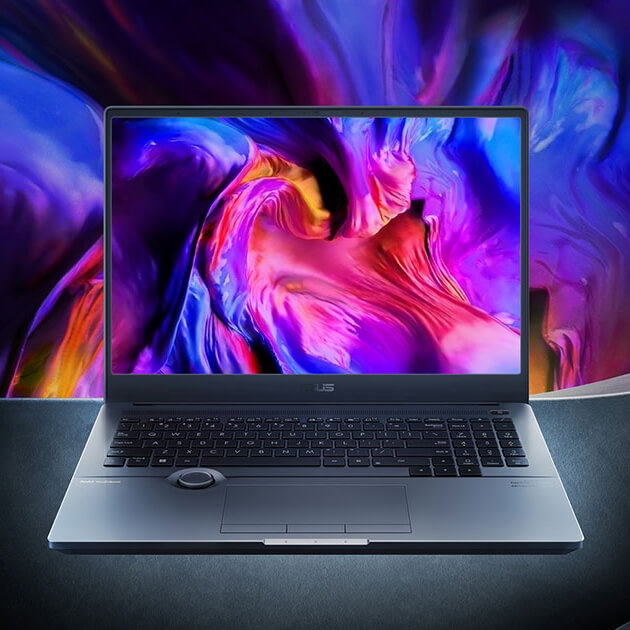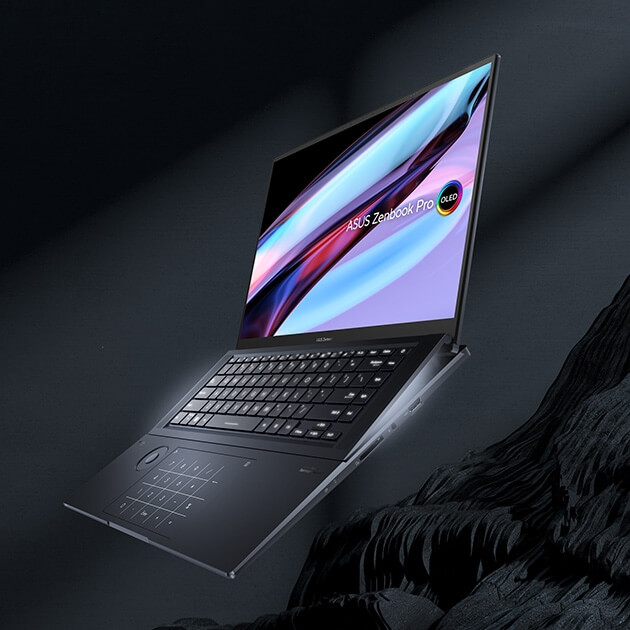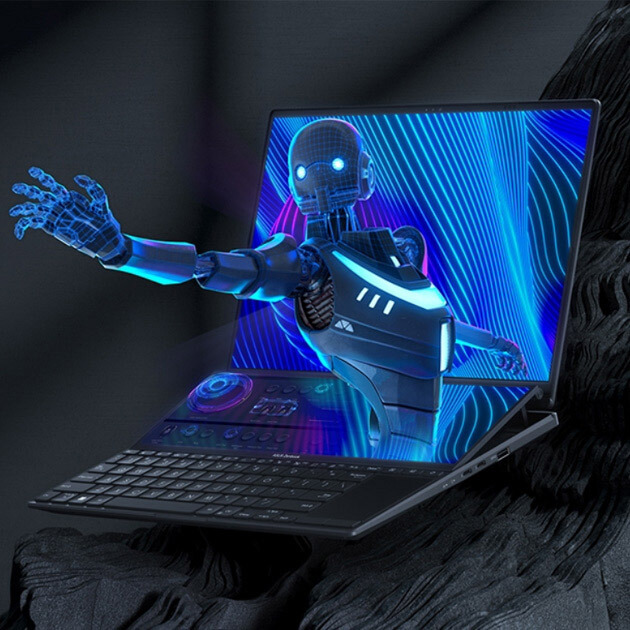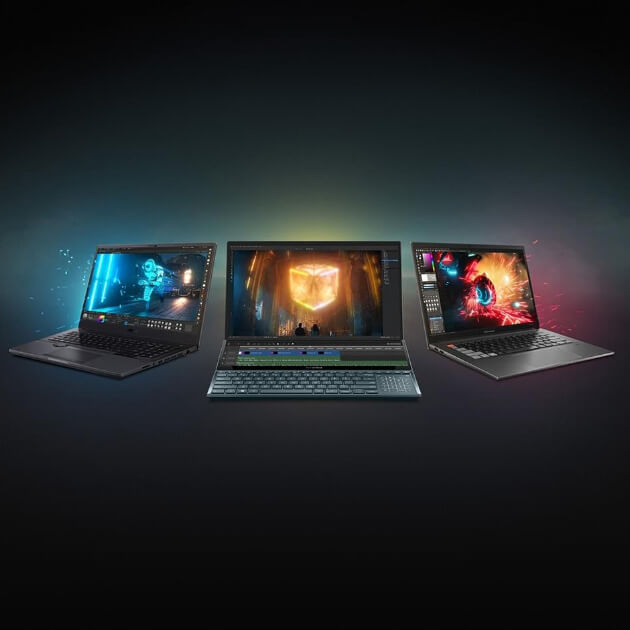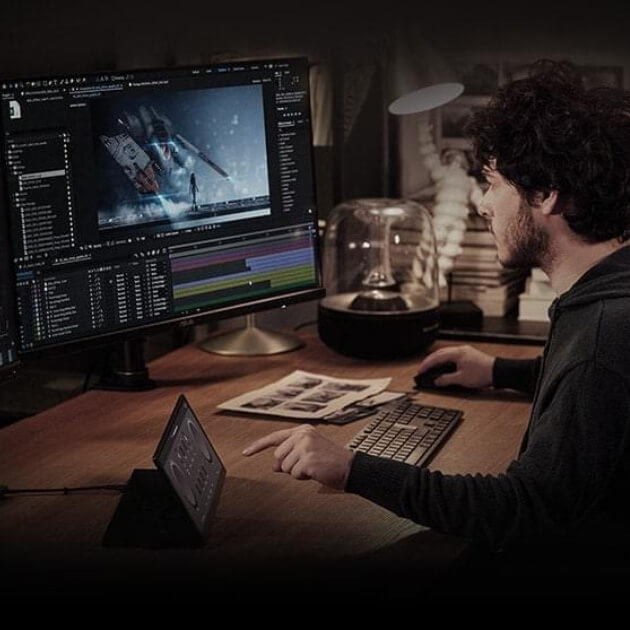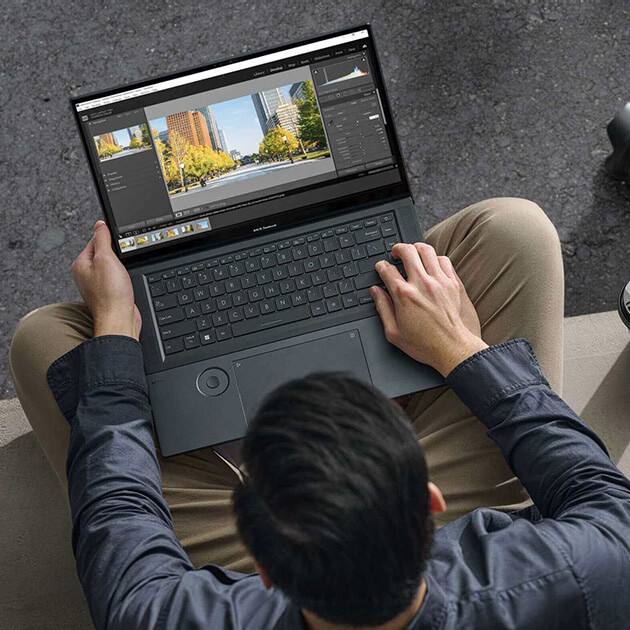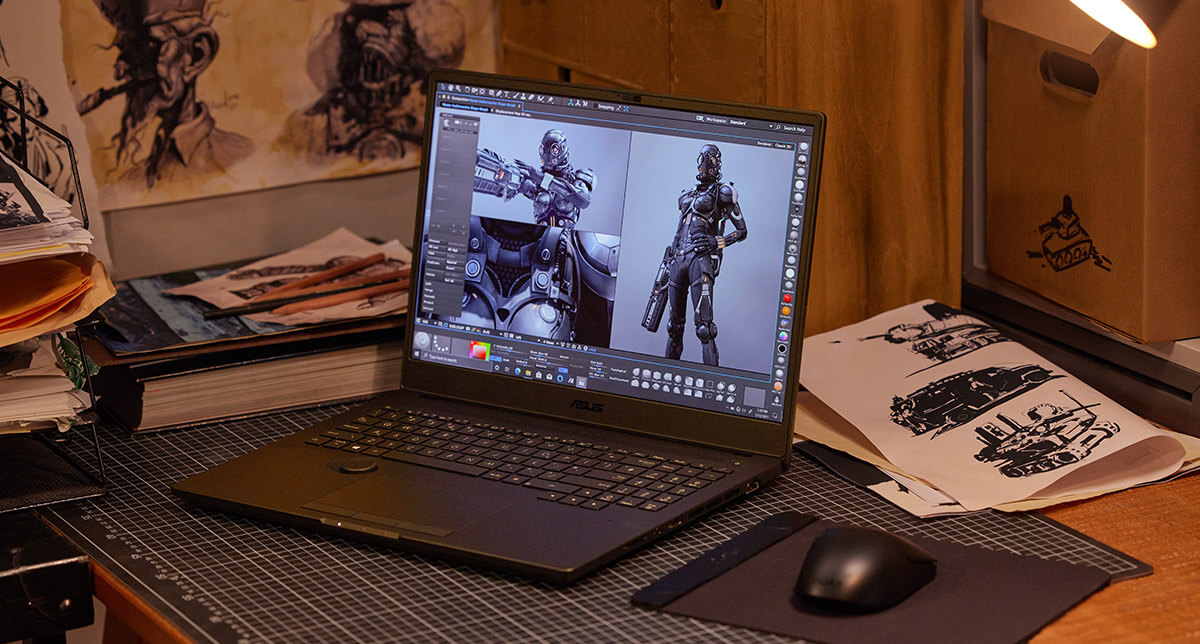
Nov. 10 2022
As a content creator, you need a laptop that fits your specific
needs. Whether it’s editing high-quality photos or videos,
designing graphics or games, or doing 3D rendering work, the
right machine will empower your creativity without tethering you
to a desk.
But how do you know which laptop to choose? With so many
options, it can be overwhelming. And, although you’re an expert
in your field, you may not know how to decipher all the laptop
specs or technical components that will allow your work to
flourish. This guide has you covered—whether you’re looking to
buy your first content creator laptop or upgrade an existing
computer. Let’s dive in, starting with the basics.
What Is a Creator Laptop?
You may be wondering whether it’s worthwhile to buy a creator
laptop at all. Creator laptops have several differences compared
to mainstream laptops and do come with some trade-offs, which
we’ll explore in more detail within this guide.
Generally speaking, creator laptops are higher performing
machines that come with dedicated tools geared toward creators.
They also can be thicker and a bit heavier than other laptops,
owing to the higher performance, and might come with a lower
battery life compared to general-use laptops, since they are
tailored for handling heavy workflows.
How to Choose a Laptop for Content Creation
Step one in approaching your laptop purchase is to understand
how you’ll be using it, as different professions and goals will
come with different requirements.
Whether you’re a social influencer or vlogger, a photographer on
the go or a special effects designer using advanced programs,
there’s a computer for you. Whether you’re looking for a laptop
for photo editing, a laptop for graphic design, a laptop for
video editing, or a laptop for 3D rendering, you’ll want to
consider the strengths of all your options.
Content creator laptops break down into three levels:
- Graphic design and photo editing
- Video editing and 3D design
- Special effects and 3D rendering
At each level, the higher specs of your laptop, the better it
will perform. Below are five specs to consider when choosing the
laptop for your needs.
CPU, AKA the Processor
When it comes to any laptop, the central processing unit, or
CPU, is the brains of the operation. Also known simply as “the
processor,” the CPU plays a significant role in the overall
performance of the computer.
The higher the laptop specs, the better your computer will run
the programs and tasks you assign it. Here again, the amount of
processing power you’ll need depends on the kind of work you’ll
be undertaking.
There are two main manufacturers of CPUs: Intel and AMD. Each
maker has a variety of models; as a rule of thumb, the higher
the model number, the more processing power the CPU possesses.
The Intel® Core™ i7 processor is superior to its i5 processor,
for instance, while AMD’s Ryzen™ 9 outperforms its Ryzen™ 5.
Other Naming Considerations:
-
Generation:
Just as other products go through periodic upgrades, so do
processors. Intel is currently on its 12th Gen Intel Core™
processors, while AMD has put out five generations of
Ryzen™ CPUs. Buying a laptop that possesses the latest
generation is strongly encouraged.
-
Series:
You’ll notice that Intel denotes its CPUs as part of the
U, P, or H series, while AMD uses the series tiers of U,
H, HS, and HX. These tiers come with varying levels of
processing power, power consumption, and heft. For the
processing punch you’ll need for creative work, Intel’s P
chips or AMD’s H or HS chips are good options, but for
maximum performance, aim for Intel’s H or AMD’s HX series.
Key CPU Specs:
-
Cores:
You’ve probably heard of “dual-core,” “quad-core,” or even
six- or eight-core processors. The important thing to know
is this: The more cores, the better your laptop will be
able to smoothly handle several programs running on your
laptop at once.
-
Thread count:
Each core can be divided into multiple components, or
“threads,” which can further improve the CPU’s ability to
handle multiple processes.
-
Clock speed:
The number of cycles your CPU executes per second,
measured in gigahertz (GHz), is the clock speed. It gives
a strong indication as to how quickly and smoothly the
laptop will load and run programs.
-
Architecture:
Creative professionals will want to look for laptops that
run on x86 architecture, rather than ARM, as x86
architecture is built to deliver peak performance. Intel
and AMD processors usually run on x86 platform.
GPU, AKA the Graphics Card
A graphics processing unit, or GPU, helps the PC render images,
video, and animations. There are two main types. Integrated GPUs
are housed within—and therefore share memory with—the processor.
But for highest performance, we’d recommend a discrete GPU,
which lives on its own card.
For graphics-heavy applications, look for an NVIDIA® GeForce®
RTX, or an
Intel® Iris® Xe GPUs
.The RTX and Xe are fit with ray tracing technology—an advanced
method of generating digital images that improves accuracy and
detail when it comes to shadows and lighting—and are therefore
particularly useful for 3D rendering work.
When it comes to naming convention on the NVIDIA, you’ll notice
four numbers (i.e., the NVIDIA® GeForce® RTX3070. Pay attention
to the first two, which denote the generation—the higher, the
better. If followed by the letters “TI,” the graphics card is
much higher performance still.
Meanwhile, within Intel’s graphics slate, creators can look out
for the Iris Xe MAX for enhanced capabilities when it comes to
content creation and productivity, while the company’s
Intel Arc
graphics cards are meant for the most serious gamers and
professional content creators.
Memory, AKA RAM
RAM, short for random-access memory, is your computer’s
short-term memory. When you do creative work, your computer
stores in RAM what it needs to quickly run programs or even surf
the internet, only deleting the data when you restart your
computer. RAM is not to be confused with your computer’s
storage—we’ll cover that below.
Your options for RAM most typically fall at 8GB, 16GB, or 32GB.
For highly demanding tasks such as rendering 3D images, opt for
more RAM. It’s also worth it to note that for many laptops,
you’ll be able to expand your amount of RAM later by adding
cards to your memory slots; keep an eye out to see whether the
laptop you’re considering comes with the option.
Display
When it comes to laptop screens, OLED is a must-have for
creators. Short for organic light-emitting diodes, OLED displays
produce an image that is rich and sharp, with high contrast
ratios, a fast pixel response time, and brighter images than
your standard LED.
OLEDs produce supreme color accuracy and true blacks, emit
significantly less potentially harmful blue light to ease the
strain on your eyes, and produce a clear and crisp image even
when viewed at an angle—so collaborators can gather around and
not lose a step.
What to Look for in a Laptop Screen:
-
Resolution:
Higher numbers are generally better, but only in
proportion to the size of the screen. That is, if two
screens have the same resolution specs but different
dimensions, the smaller in size will produce a sharper
image.
-
Color:
Display color has to do with the range of colors the
display can produce. Creative professionals working more
frequently in video should look for a DCI-P3 (Digital
Cinema Initiatives — Protocol 3) displays, while those
working in images can use an Adobe RGB display. It’s ideal
if the display can allow users to switch color profiles
and presets.
-
Refresh rate:
Refresh rates refer to the frequency the display updates
the image on the screen. Although the rates go even higher
for gamers, creative professionals should look for refresh
rates of at least 60Hz.
Storage
Whether in the form of a solid-state drive (SSD) or a
traditional hard disk drive (HDD), your laptop’s storage refers
to the amount of stuff you can keep on it, whether that’s
high-definition photos and videos, loads of files, or bulky
applications. Unlike RAM, storage on these drives doesn’t go
away when you reboot.
There are many differences between SSDs and HDDs, but for
content creators, the choice boils down to computer storage and
speed. SSDs are generally more expensive per storage unit but
offer flexible price points and have been closing the gap when
it comes to cost.
We recommend SSDs, too, because when it comes to speed, the SSD
far outperforms the HDD—not only in initial boot-up times but
also during normal use.
The Right Laptop Specs for You
Choosing the right laptop comes down to the type of work you do,
your specific needs and priorities, and your budget.
Opting to spring for higher laptop specs, while more expensive,
will allow creators to streamline their workflow and save time
performing day-to-day tasks, while future-proofing your setup
against continued advancements in technology and programs.
Further, content creators who can afford it will find it
worthwhile to buy at the top of their budgets when it comes to
computer specs that can’t be upgraded—such as the CPU and
GPU—allowing them to grow into their laptop for years to come.
Discover ASUS creator laptops







